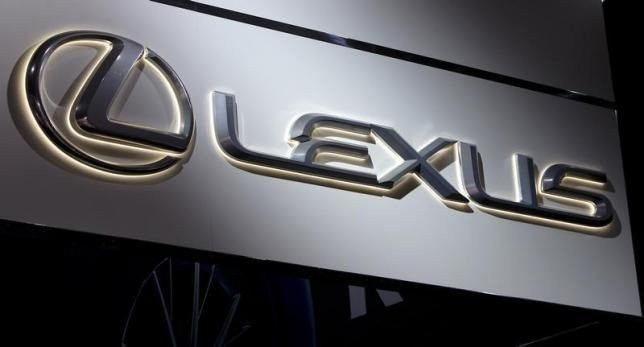Lexus Hoverboard succeeds in testing phase [Video]

It might not give users the "Back to the Future" experience just yet but having the Lexus Hoverboard now completed and available is definitely a solid step in that direction. In a press release, the luxury division of Japan's Toyota announced that tests conducted in Cubelles, Barcelona, Spain have been a success.
"Embarking on this project, we set out to push the boundaries of technology, design and innovation to make the impossible possible," Mark Templin, the Executive Vice President for Lexus International said. The project, named “SLIDE,” features two "cryostats," or reservoirs where the superconducting material is kept at a temperature of negative 197 degrees Celsius (-321 degrees Fahrenheit) by immersing in liquid nitrogen. The board is then positioned over a track that has permanent magnets inside.
In the 37-second teaser video released in June 2015, the firm revealed that it took 18 months of collaborative work between experts and scientists from IFW Dresden and evico GmbH, which specialise in magnetic levitation technology. The magnetic field is “frozen” into the superconductors built into the board, thus maintaining a distance between the track and the board itself. This is what keeps the board hovering.
Scientists call it the "Meissner effect," according to a report from Christian Science Monitor via Wired. According to Eric Palm, the Deputy Laboratory Director at the National High Magnetic Field Laboratory in Florida State University (FSU), this means that when a magnetic field is taken near a superconductor, it creates a current and essentially an image magnetic field on the other side. The current will not die away because the current is made with a superconductor. The result is a magnet that levitates above a superconductor or vice versa. While this sounds highly technical, Mr. Palm explains that the hoverboard uses liquid nitrogen. It acts as a coolant and when it runs out, the superconductors start warming it back up. Then, the hoverboard stops and goes back to the ground.
"I've spent 20 years skateboarding, but without friction it feels like I've had to learn a whole new skill. It's a whole new experience," professional skateboarder Ross McGouran said. He tested the SLIDE in Dresden and then in Lexus' specially-built hoverpark in Barcelona. The track is said to be up to 200 metres long. It still remains to be seen if it can be used to travel across water.
The Lexus Hoverboard: It's here
Source: YouTube/Lexus International
Contact the writer at feedback@ibtimes.com.au, or let us know what you think below.





















